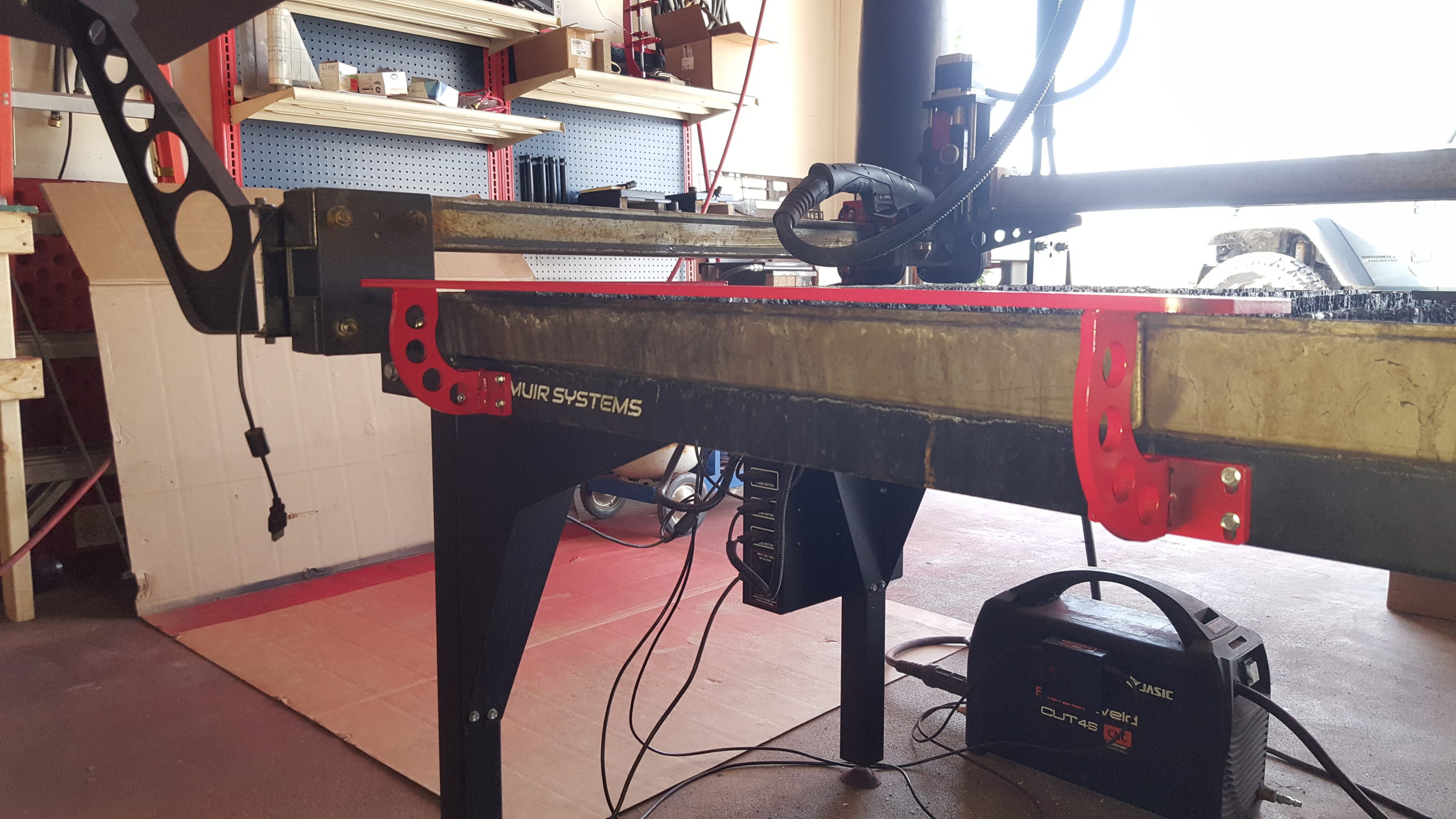

Every note contains a link back to its source, however, both through a direct link in the document, and through its pseudo-tag attached to the originating group.

Alternatively, one can create “Smart Groups” that include notes using certain tags. However, every single note can also be found by searching for a particular combination of tags using DEVONthink’s various methods for looking up tagged items. Well, using this method, all my fragments, quotes, and notes from a particular source are together in its own folder, a typical default way of organizing one’s notes. I can then, of course, add further tags or delete any that may not be relevant to this particular fragment or note. The new note is then automatically tagged with whatever tags the overview document contained. The new note gets a link created by the template script which links to it back to the overview document for the source (assuming it was selected when invoking the script).Ĭ. A new note is created in the source’s groupī. In its modified form the new template script does the following:Ī.
#Devonthink pro indexing add archive
In DEVONthink, I create a group (which is what DEVONthink calls folders) for Sources.Īdd a Group for a New Source – Each time I take notes on a new source (a book, movie, archive document, etc.), I create a group for it within this Source folder with the title of the source.Ĭreate and Tag an Overview Document for the Source – In this newly created group I create a new text document with the name of the source in which I give some general information about that source (an overall description or summary) and give it some general tags that well represent the whole source.īecause DEVONthink also creates a gray colored pseudo-tag to every member of a group with the name of the group, any notes that go into this source group will contain a pseudo-tag indicating what source it is from.Īdd Notes Using Customized Template Script – After creating and tagging the overview document, every time I want to add a note from this source, I select the overview document and invoke a keyboard shortcut connected to a DEVONthink template I have called “Note On Source” (I’m using Ctrl-Cmd-M) This invokes the creation of a hacked version of an existing template that comes with DEVONthink called “Annotation” written by Eric Böhnisch-Volkmann and modified by Christian Grunenberg. I want to experiment with using this application to get just a little closer to my dream knowledge database described above. I don’t just want to reproduce my existing source-based note structure. I was impressed at how quickly and easily I could import all of my nearly one thousand OmniOutliner documents, which I can now preview, search, tag, and group within DEVONthink. I am in the process of shifting my note taking to a powerful knowledge database program called DEVONthink Pro. Every single fragment or note must also contain some link, tag, or meta-data which indicates the source it came from (a book, article, archival document, interview, etc.) so that when I use that note in my dissertation or book, I can easily find the source it came from. I want to be able to add and tag many such notes quickly and efficiently, some of which are “under” others in the form of a hierarchical order, and which then inherit the tags of their parent notes so that I am saved a lot of repetitive tagging.

recording a single fact, fragment of information, observation, or summary of an idea from a work I want that piece of information to be taggable so that it can be easily found in the future when searching for that tag. To summarize what I wish I had again in terms of a knowledge database:Īs I make a note on a source, e.g.
#Devonthink pro indexing add software
After writing several postings on what I wish existed in terms of a software solution for doing research for a book or dissertation ( 1, 2, 3) and writing a little script to help improve the imperfect solution I have been using, I still find myself frustrated. Though I continue to enjoy using the excellent software Scrivener to compose my dissertation, I am still unhappy with my note taking strategies and how I collect and organize this information digitally.


 0 kommentar(er)
0 kommentar(er)
